Nestled in the South Pacific Ocean, Norfolk Island is a captivating destination that seamlessly blends natural beauty with rich history and cultural heritage. Known for its lush landscapes, tranquil ambiance, and unique historical significance, Norfolk Island offers visitors a peaceful retreat and an opportunity to explore its distinctive charm. With its striking scenery, fascinating past, and warm local community, this Australian territory is an ideal destination for those seeking both relaxation and adventure.
Table of Contents
Geography
Norfolk Island is situated approximately 1,412 kilometers east of the Australian coast and 880 kilometers northeast of New Zealand’s North Island. Covering an area of about 35 square kilometers, the island is characterized by its rugged coastline, lush vegetation, and volcanic origin. The island’s topography includes dramatic cliffs, rolling hills, and dense forests, offering breathtaking views and diverse landscapes.
The island’s geography is marked by its elevated plateau, which provides panoramic vistas of the surrounding ocean. Norfolk Island is surrounded by the Pacific Ocean, and its isolation contributes to its pristine environment and unique biodiversity. The island’s natural features, including its striking cliffs and lush forests, make it a popular destination for outdoor activities such as hiking and nature exploration.
States of Norfolk Island
Norfolk Island is an external territory of Australia, not a country with states. It is a small island in the Pacific Ocean, and its governance is overseen by the Australian government. There are no states or provinces within Norfolk Island; the entire island is managed as a single administrative unit.
History
Norfolk Island has a rich and varied history, with its story beginning long before European discovery. The island was originally settled by Polynesian navigators, who established a small but vibrant community. However, it was the arrival of European explorers in the late 18th century that marked a significant turning point in the island’s history.
In 1788, Lieutenant Philip Gidley King established the first European settlement on Norfolk Island as a penal colony for British convicts. This early settlement faced numerous challenges, including harsh conditions and limited resources. In 1856, the penal colony was closed, and the island’s history took a new direction with the settlement of Pitcairn Island descendants. These descendants, known as the Bounty Mutineers, brought their own culture and traditions, which have influenced the island’s unique heritage.
Norfolk Island became an Australian external territory in 1914, and its governance has evolved over time. Today, the island operates with a degree of self-government while remaining under Australian jurisdiction. The island’s historical sites and museums offer visitors a glimpse into its complex past, reflecting the diverse influences that have shaped its identity.
Top Ten Must-Visit Destinations
1. Kingston and Arthur’s Vale Historic Area
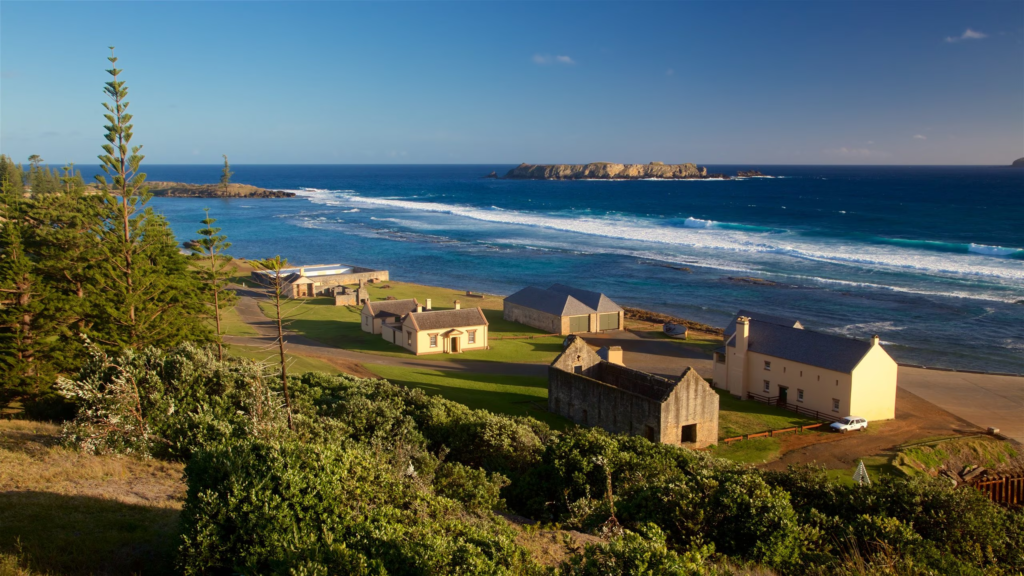
Kingston and Arthur’s Vale Historic Area is a UNESCO World Heritage site that offers a fascinating glimpse into Norfolk Island’s colonial past. The area features well-preserved historic buildings, including the remnants of the original penal colony, such as the New Gaol and the Commissariat Store. Visitors can explore the site’s rich history through informative displays and guided tours.
2. Norfolk Island National Park
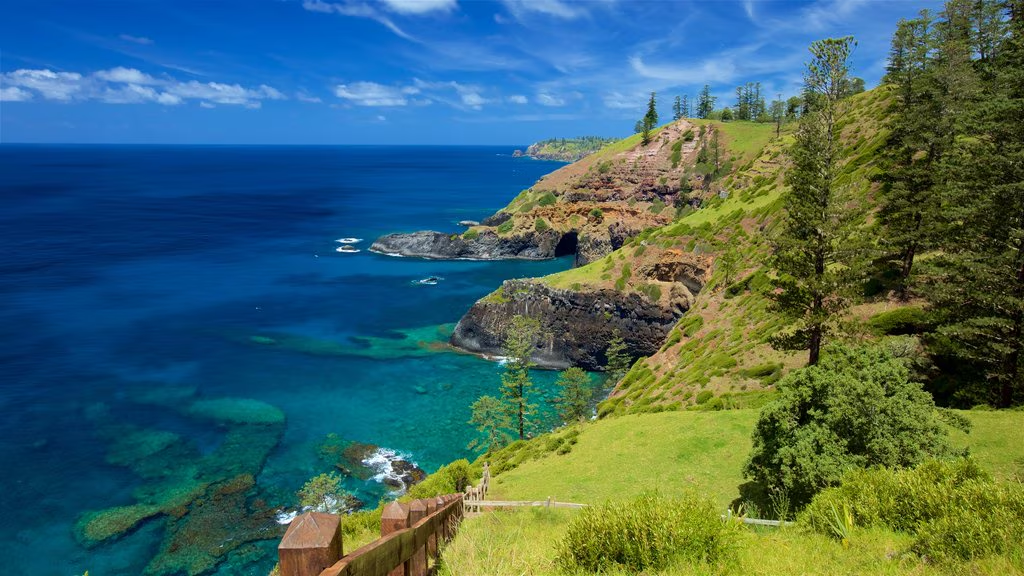
Norfolk Island National Park is a pristine natural area that showcases the island’s diverse flora and fauna. The park features lush forests, unique plant species, and a variety of wildlife. Visitors can enjoy scenic walking trails, including the popular Mount Pitt and Mount Bates walks, which offer stunning views of the island and surrounding ocean.
3. Emily Bay

Emily Bay is a picturesque beach located on the southern coast of Norfolk Island. The bay is known for its clear turquoise waters, white sandy beach, and gentle surf, making it an ideal spot for swimming, snorkeling, and sunbathing. The calm and sheltered waters of Emily Bay provide a serene and relaxing environment for visitors.
4. Bounty Folk Museum
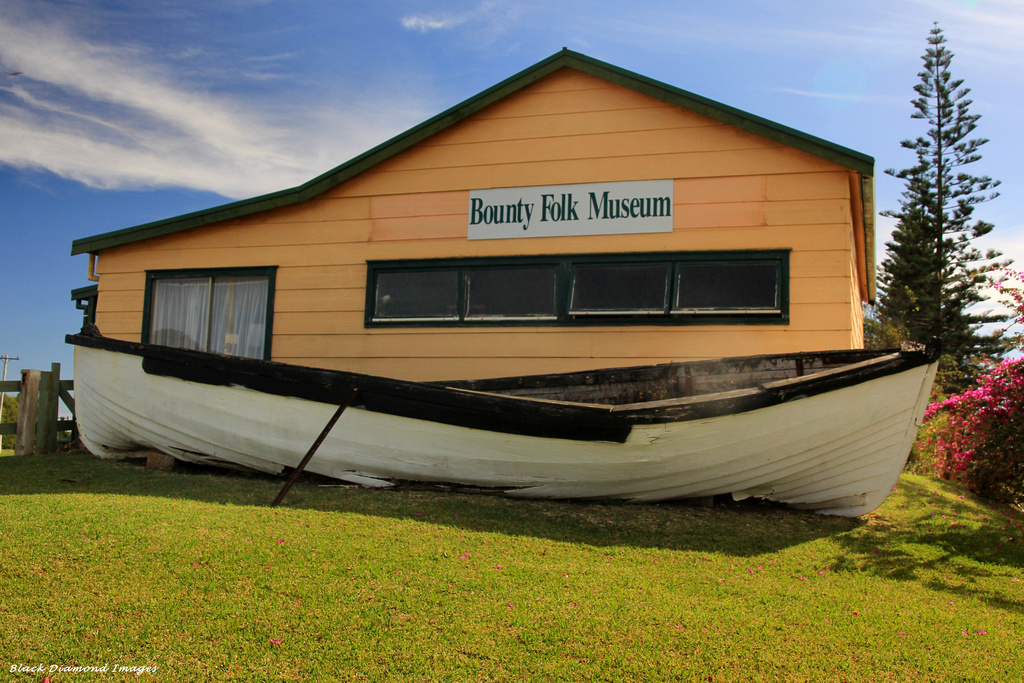
The Bounty Folk Museum is a local museum that offers insights into Norfolk Island’s unique heritage and history. The museum features a collection of artifacts, photographs, and exhibits related to the Bounty Mutineers, as well as the island’s early colonial history. Visitors can learn about the island’s cultural and historical significance through engaging displays and interactive exhibits.
5. Norfolk Island Botanic Garden
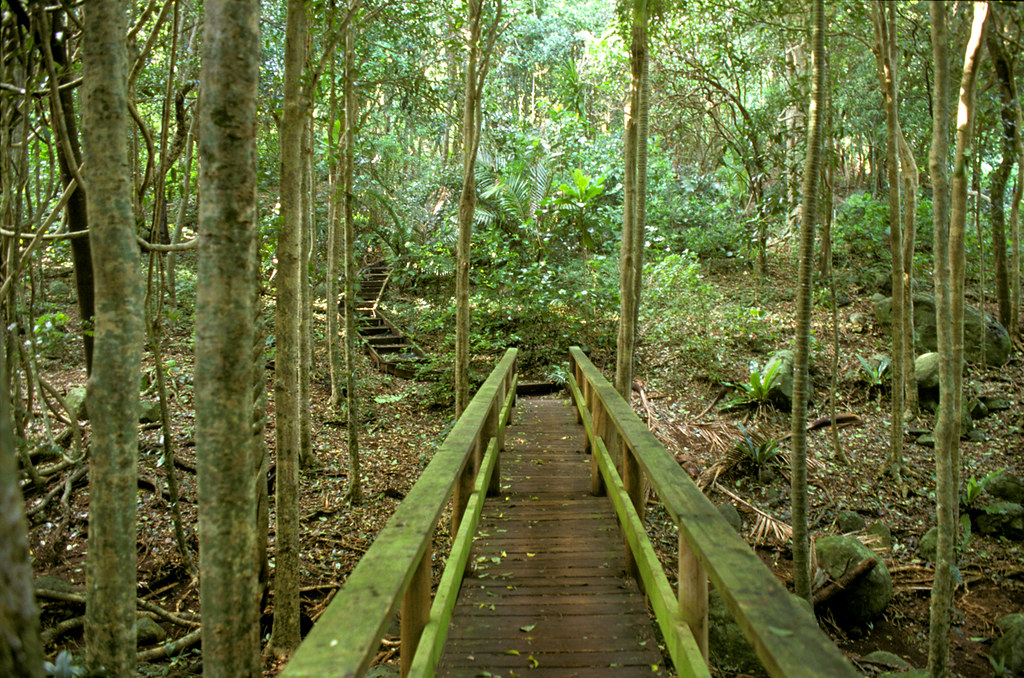
The Norfolk Island Botanic Garden is a beautifully landscaped garden that showcases the island’s native plant species and horticultural diversity. The garden features a range of plant collections, including tropical and subtropical species, as well as indigenous Norfolk Island plants. Visitors can stroll through the garden’s pathways and enjoy the vibrant colors and fragrances of the plants.
6. St. Barnabas Chapel
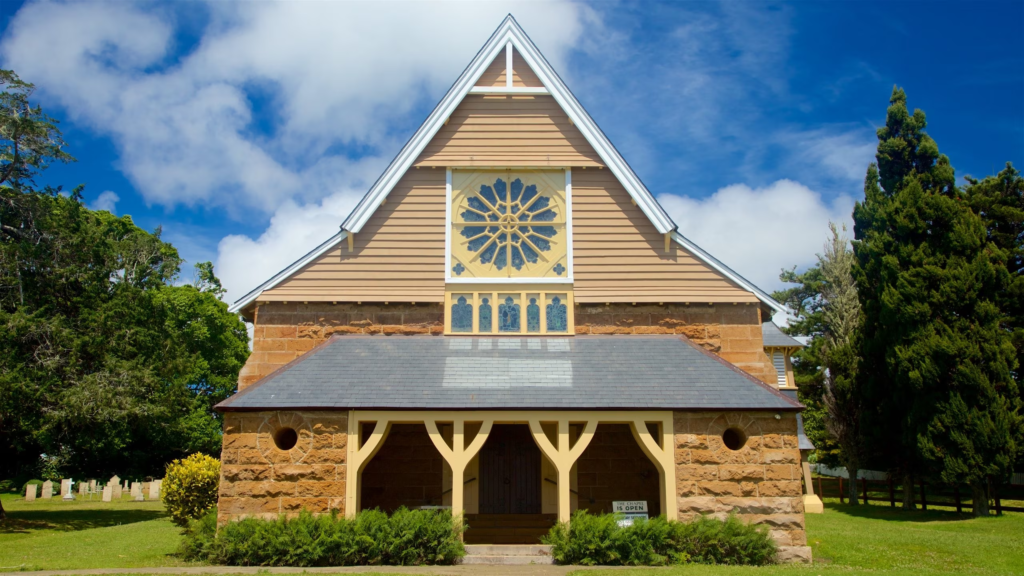
St. Barnabas Chapel is a historic church located in Kingston, known for its beautiful architecture and historical significance. The chapel, built in 1880, features elegant stained glass windows, a wooden interior, and a serene atmosphere. It is a popular spot for visitors seeking a moment of reflection and appreciation for the island’s religious heritage.
7. Anson Bay
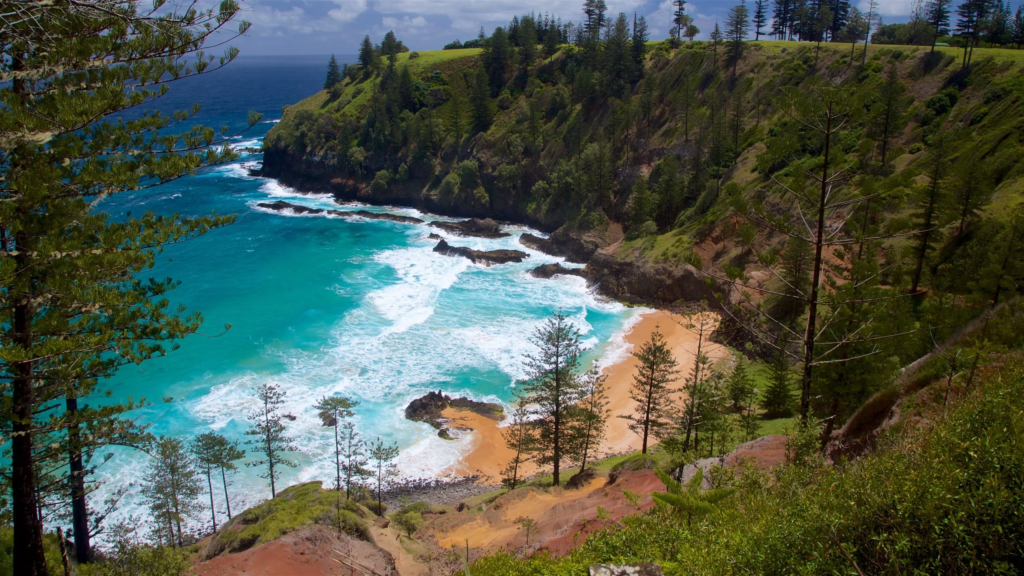
Anson Bay is a tranquil and scenic bay located on the northern coast of Norfolk Island. The bay is known for its calm waters, rocky shoreline, and scenic views. It is a popular spot for fishing, picnicking, and leisurely walks along the shoreline. The bay’s natural beauty and peaceful setting make it an ideal location for relaxation and outdoor activities.
8. Captain Cook Monument

The Captain Cook Monument is a historical monument dedicated to the famous British explorer Captain James Cook. Located on a cliff overlooking the ocean, the monument offers panoramic views of the surrounding landscape and is a popular spot for taking in the island’s natural beauty. The monument commemorates Cook’s voyage to the South Pacific and his contributions to exploration.
9. Cascade Waterfall
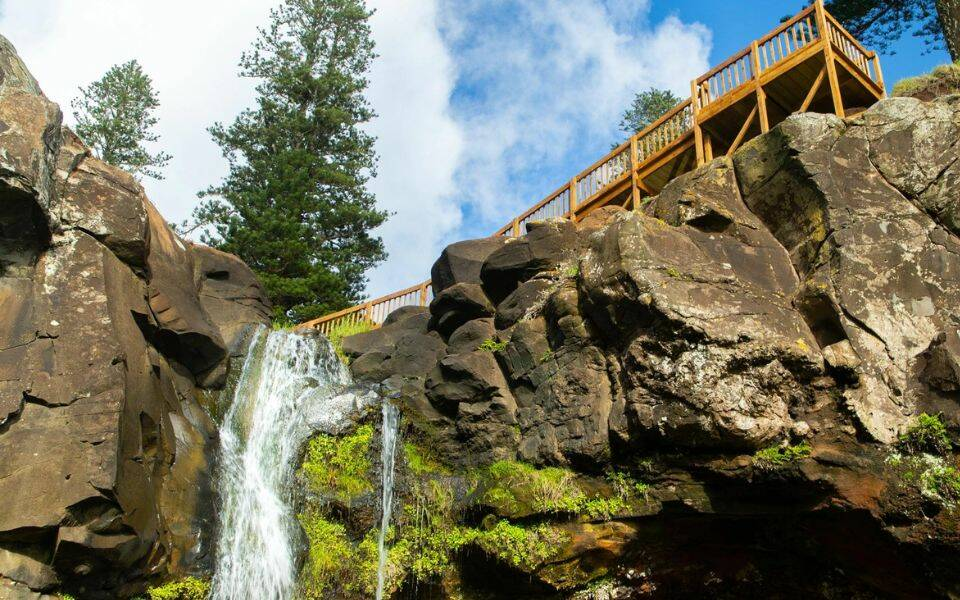
Cascade Waterfall is a picturesque waterfall located in Norfolk Island National Park. The waterfall cascades over rugged rocks and flows into a tranquil pool below. Visitors can enjoy a scenic walk to the waterfall and experience the beauty of the island’s natural landscapes. The waterfall is a popular destination for nature lovers and photographers.
10. Pitcairn Settlers Village
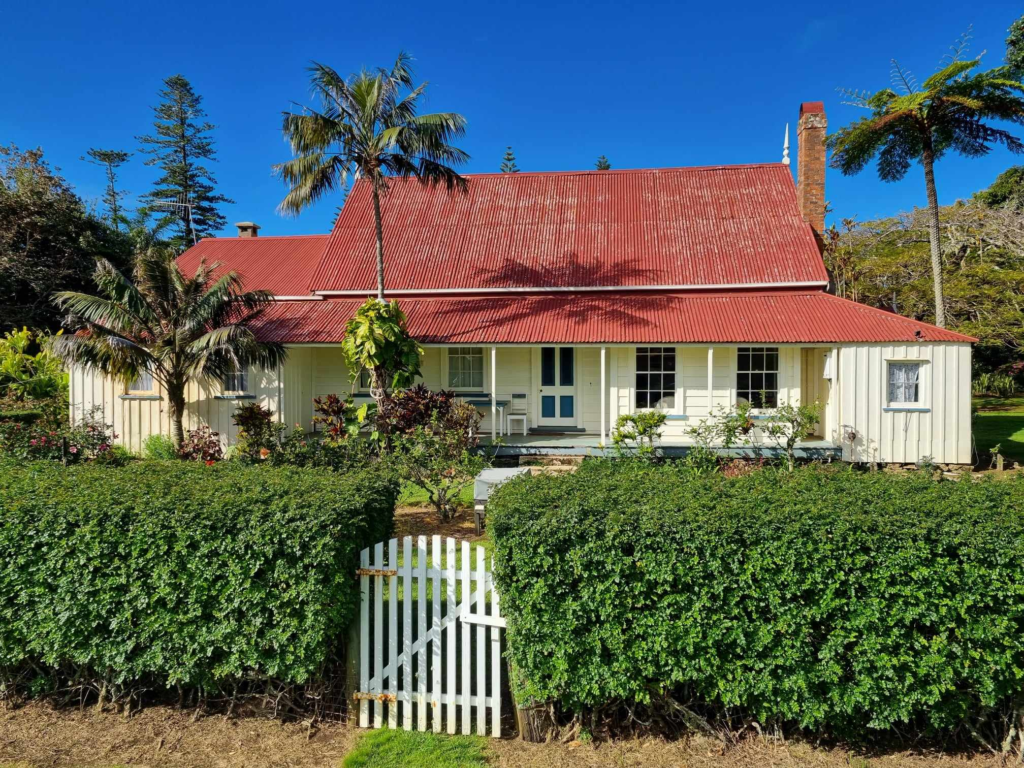
Pitcairn Settlers Village is a heritage village that offers a glimpse into the lives of the Pitcairn Island descendants who settled on Norfolk Island. The village features traditional Pitcairn-style homes, historical displays, and artifacts related to the settlers’ way of life. Visitors can explore the village and learn about the cultural and historical connections between Norfolk Island and Pitcairn Island.
Culture
Norfolk Island’s culture is a unique blend of Polynesian, European, and Australian influences, reflecting the island’s diverse history and heritage. The island’s cultural practices are deeply rooted in its colonial past, with a strong emphasis on traditional customs, community values, and historical preservation.
The official language of Norfolk Island is English, but the island also has a distinct dialect known as Norfuk, which is a blend of 18th-century English and Tahitian. Norfuk is an important part of the island’s cultural identity and is used in local communication, cultural events, and traditional songs. The island’s cultural traditions are celebrated through various festivals, music, dance, and community gatherings, providing visitors with an authentic and enriching experience of Norfolk Island’s heritage.
Festivals
Norfolk Island hosts several cultural festivals and events throughout the year that celebrate the island’s heritage and traditions. One of the most notable events is the Norfolk Island Festival, which features traditional music, dance, and arts and crafts. The festival provides a vibrant showcase of the island’s cultural diversity and is an opportunity for visitors to engage with local traditions and customs.
Economy
Norfolk Island’s economy is primarily driven by tourism, agriculture, and small-scale industries. Tourism is a significant economic contributor, with visitors attracted to the island’s natural beauty, historical sites, and unique cultural experiences. Agriculture, including the production of local goods such as fruit and vegetables, supports the island’s economy and provides essential products for both local consumption and export. Small-scale industries, including crafts and local services, also play a role in the island’s economic landscape.
Cuisine
Norfolk Island’s cuisine is influenced by its diverse cultural heritage and features a mix of traditional and contemporary flavors. The island’s cuisine includes fresh seafood, tropical fruits, and locally-grown vegetables. Traditional dishes such as “roast pork” and “pineapple pie” are popular among locals and visitors alike. The island’s restaurants and cafes offer a range of dining options, from casual eateries to fine dining establishments, providing a delicious taste of Norfolk Island’s culinary heritage.
Top Eight Most Famous Food



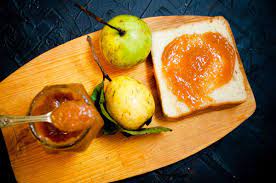




Ten Interesting Facts
- Norfolk Island is approximately 35 square kilometers in size and is known for its rugged coastline and lush vegetation.
- The island was originally settled by Polynesians before European explorers arrived in the late 18th century.
- Norfolk Island’s official language is English, but Norfuk is also spoken by locals.
- The island was a penal colony established by the British in 1788 and later became a settlement for the Bounty Mutineers.
- Norfolk Island is a self-governing Australian territory with a unique cultural and historical heritage.
- The island’s geography includes dramatic cliffs, rolling hills, and dense forests.
- The Kingston and Arthur’s Vale Historic Area is a UNESCO World Heritage site.
- Norfolk Island’s cuisine features a blend of traditional and contemporary flavors.
- The island hosts cultural festivals and events that celebrate its heritage and traditions.
- The island’s natural attractions include stunning beaches, waterfalls, and scenic walking trails.
Conclusion
Norfolk Island is a captivating destination that offers a unique blend of natural beauty, cultural richness, and historical significance. From its stunning landscapes and historic sites to its vibrant cultural traditions and diverse cuisine, the island provides a memorable experience for travelers seeking both relaxation and adventure. Whether exploring the island’s rugged coastline, immersing in its rich history, or enjoying its culinary delights, visitors will find that Norfolk Island is a hidden gem of the South Pacific that truly enchants and delights.

